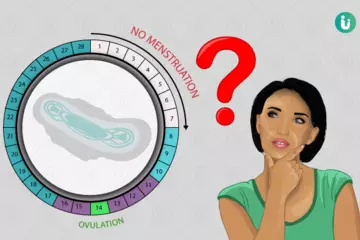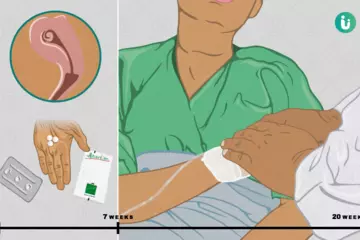What is Anaesthesia?
Anaesthesia is a medical procedure that averts an individual from feeling pain during a surgical procedure. Anaesthesia is given using a wide range of drugs called the anaesthetic drugs. Broadly, anaesthetic drugs can be of three types: local, regional, and general anaesthesia.
Local and regional anaesthetics are used to numb a particular part of the body while the person is still awake during the procedure. Whereas, general anaesthetics make the person sleep during the procedure.
How does it work?
Once general anaesthesia is administered to a person, the nerve signals in the brain and body are interrupted. In this case, the person is completely unaware of what is happening. It does not allow the brain to process pain and therefore the organ/part of the body which has been anaesthetized continues to be in a state of numbness.
Anaesthesia also helps to maintain a constant for physiological processes, such as heart rate, blood pressure and release of stress hormone.
Who needs it?
Anaesthesia is given to people to relieve them of intense pain. Depending on the type of pain or treatment to be given, the type of anaesthetics used also varies.
It is given usually if the procedure involves any invasion into the skin, will take longer, affects the breathing, or involves a major critical organ, such as the heart or brain.
How is it performed?
Usually, people get to meet their anaesthetists before they come for their medical procedure. It is of great help to those who have complications or medical problems. Looking at the individual’s history, the doctor often recommends restraining from having certain medicines if they are believed to cause complications if consumed prior to anaesthesia.
Anaesthesia is usually given via:
- Injection
- Inhalation
- Topical (direct application on to the skin or linings of certain body parts) lotion
- Spray
- Eye drops
- Skin patch
It is administered while using electronic devices that constantly monitor and display the vital parameters of the human body, such as blood pressure, heart rate and breathing rate.
In local and regional anaesthesia, the person is awake, and the doctor administers the anaesthesia at the site of operation, such as in the mouth for dental treatments, lower back for minor pelvic surgeries, and more. In such cases, only the area where the anaesthesia is administered gets numb and a painless surgical procedure is performed.
(Get online doctor consultation for any health issue)

 OTC Medicines for Anesthesia
OTC Medicines for Anesthesia















